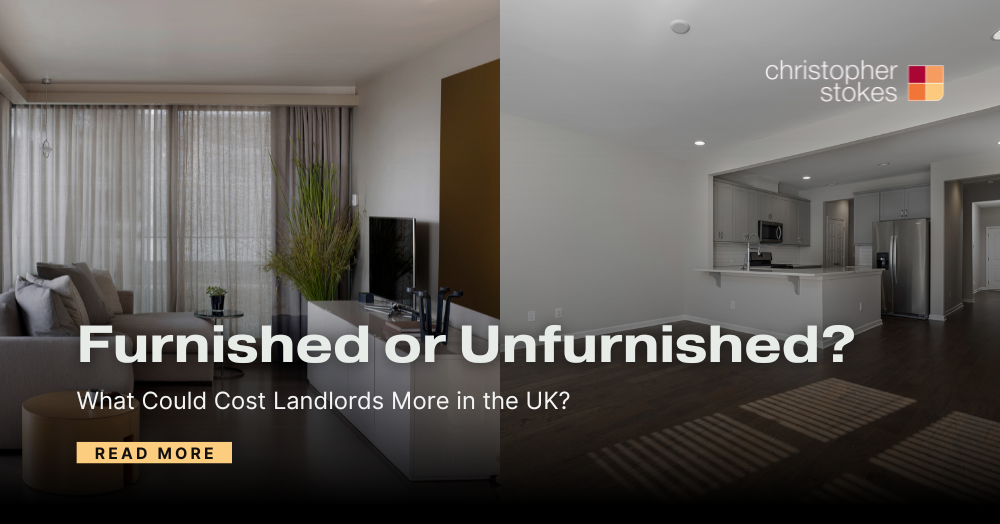As a landlord, deciding whether to let your property furnished or unfurnished can feel like a toss-up. But have you considered the hidden costs that might tip the scales? Let's analyse what could impact your bottom line.
It’s a classic landlord dilemma, do you offer your rental property furnished or unfurnished? While both options have their merits, understanding the potential financial implications is crucial for maximising your investment. It’s not just about the initial outlay, it’s about ongoing expenses, tenant appeal, and long-term wear and tear.
The Furnished Property Equation: Higher Rent, Higher Costs?
On the surface, a furnished property often commands a higher rental yield. Tenants, particularly those on short-term contracts, professionals, or international movers, appreciate the convenience of walking into a ready to live in home. However, this convenience comes with a price tag for you, the landlord.
Initial Outlay and Depreciation
The most obvious cost is the initial purchase of furniture, appliances, and soft furnishings. This isn't a once off expense, items depreciate rapidly. You’ll need to factor in replacing worn out sofas, broken white goods, and tired décor every few years. This constant refresh can be a significant drain on your profits.
Maintenance and Repairs
More items in a property mean more things that can break or need repair. A tenant is less likely to report a scuff on an unfurnished wall than a broken washing machine or a stained carpet. You’ll be responsible for maintaining all provided items, from fixing a wobbly chair to replacing a faulty fridge. This can lead to more frequent call outs and higher maintenance bills.
Insurance Premiums
Insuring a furnished property typically costs more. Your landlord insurance will need to cover not just the building, but also the contents you provide. This increased coverage translates to higher premiums, another ongoing expense to consider.
Inventory and Disputes
Managing a furnished property requires a meticulous inventory at the start and end of each tenancy. This process is more time consuming and complex, and it can lead to more disputes over damages. While a detailed inventory helps, resolving disagreements about wear and tear versus actual damage can be a headache and potentially incur legal costs.
The Unfurnished Property Equation: Lower Rent, Fewer Headaches?
An unfurnished property, while potentially attracting a slightly lower rent, often presents a simpler, more predictable financial landscape for landlords.
Reduced Upfront Costs
Without the need to buy furniture, your initial investment is significantly lower. This frees up capital that could be used for other property improvements or investments.
Fewer Maintenance Responsibilities
Your maintenance obligations are primarily focused on the structure of the property and any white goods you choose to include (which is often just an oven and hob). Tenants are responsible for their own furniture, meaning fewer calls about broken items and less wear and tear on your assets.
Lower Insurance and Simpler Inventories
Insurance premiums are generally lower as you’re not covering contents. The inventory process is also much simpler, focusing on the condition of the property itself, reducing the likelihood of deposit disputes related to furnishings.
Attracting Long-Term Tenants
Unfurnished properties often appeal to tenants looking for a long term home, those who want to bring their own belongings and personalise their living space. Long term tenants typically mean fewer void periods and more stable rental income.
Making the Right Choice for Your Investment
Ultimately, the best choice depends on your specific property, target tenant, and investment strategy. If your property is in an area with high demand for short term lets, or caters to a transient professional market, furnished might be viable despite the costs. However, for most landlords seeking stable, long term income with fewer ongoing expenses and administrative burdens, an unfurnished property often proves to be the more cost effective option in the long run.
Considering your options? We offer free valuations and can provide expert insight into what buyers and tenants are looking for right now in your area.
Get in touch today to discuss your property strategy.



